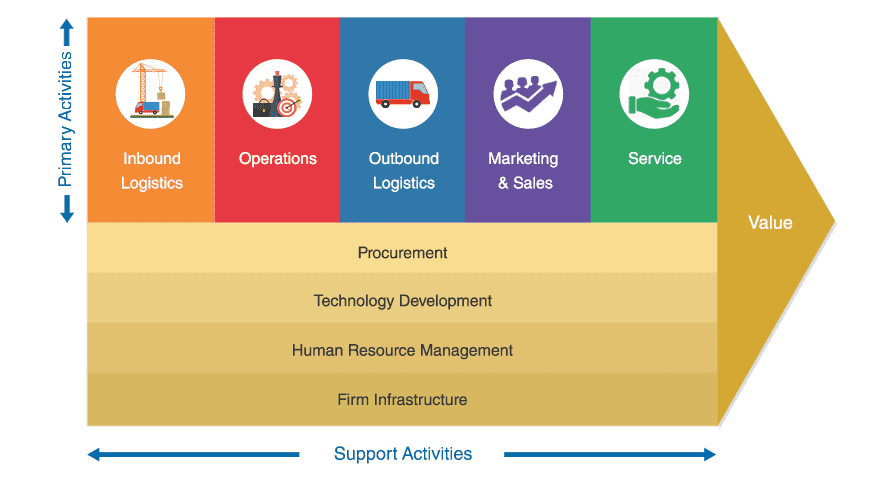Deze Use Cases zijn een verzameling, ter inspiratie, van door Windesheim studenten uitgevoerde projecten, van de lectoraten en van de Technology Providers.


Deze Use Cases zijn een verzameling, ter inspiratie, van door Windesheim studenten uitgevoerde projecten, van de lectoraten en van de Technology Providers.
